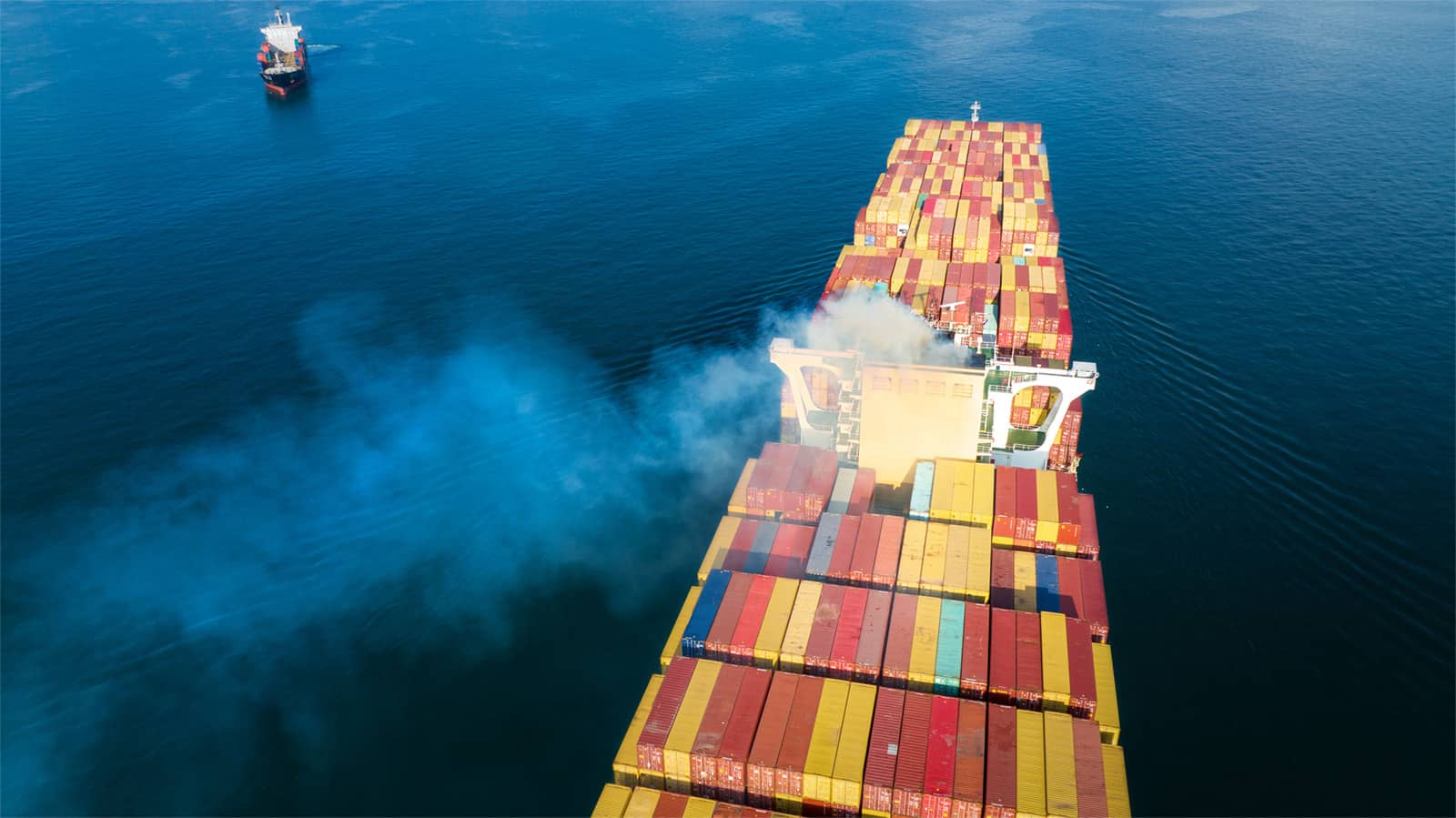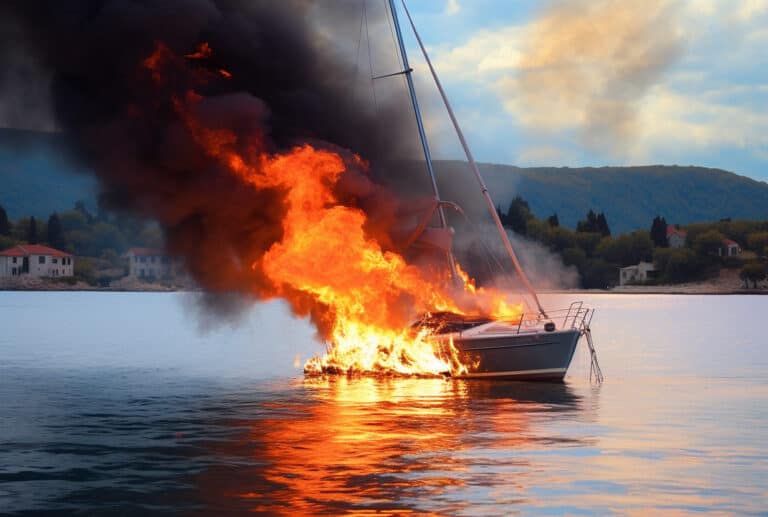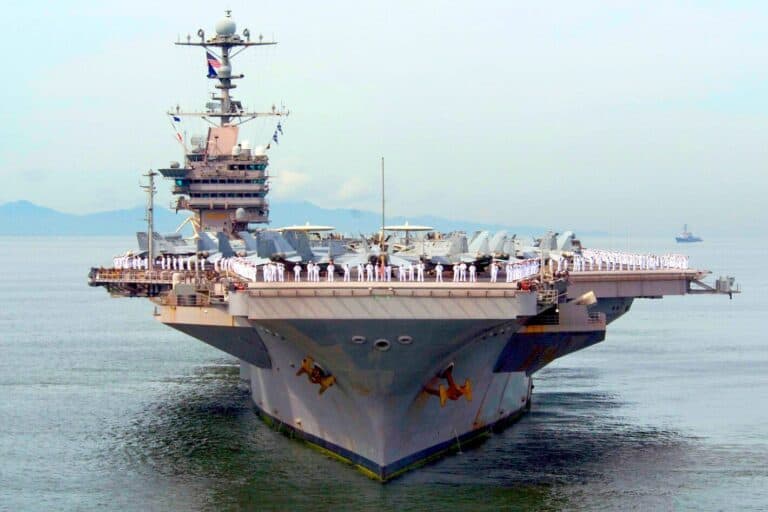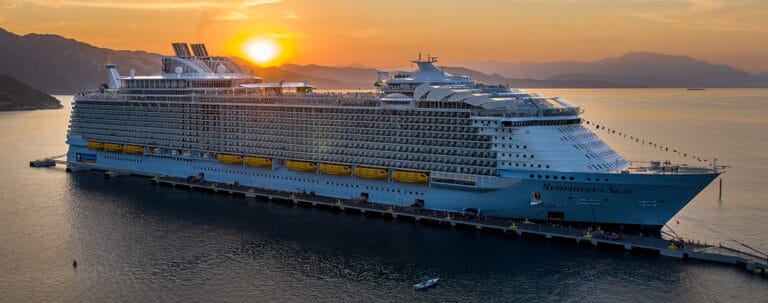In an era where marine transport is surging more than ever, its reputation for safety and self-sufficiency faces new scrutiny under the environmental lens. While the allure of the open sea remains undiminished, the ecological footprint of our voyages, particularly in terms of carbon monoxide (CO) emissions, demands a closer look.
This exploration dives into the specific conditions and locales where boats are most likely to ramp up their energy use, leading to increased emissions.
The Carbon Wake: Understanding Boats’ Emissions
The heart of a boat’s carbon footprint lies in its engine room, where the combustion of fuel breathes life into our maritime adventures but also exhales carbon monoxide—a gas that, despite its invisibility, leaves a tangible mark on our planet. Various factors, from the design of the vessel to the conditions it navigates, influence the volume of these emissions.
Here’s where they peak:
At the Dock: The Starting Line of Emissions
The journey begins with a burst of energy as boats rev their engines, warming up and setting off from the dock. This initial phase, regardless of the vessel’s size, is a hotspot for CO emissions, serving as the necessary push against the stillness of the harbour.
Rising Tides, Rising Emissions
The dance of the sea levels, especially pronounced in the warmer months, presents a hidden challenge. As waters rise, so does the resistance against the hull, compelling boats to expend more energy—thus emitting more carbon monoxide—as they traverse these denser waters.
Weathering the Weather: The Climate’s Curveball
Globetrotting by sea unveils the planet’s climatic diversity, with some regions throwing more than just a light breeze at sailors. Near the tropics, warmth may welcome, but venture away, and you might encounter conditions that demand significant energy (and emissions) to navigate, from tsunamis to unpredictable storms.
The Obstacle Course: Pollution and Coral Reefs
Human-made barriers, such as areas congested with hyacinth and plastic waste, force boats to push harder, burning more fuel to maintain course. Similarly, navigating the complex beauty of coral reefs, especially notable in regions like Australia, challenges vessels to maneuver with care, a process that often results in higher fuel consumption and CO emissions.
Charting a Greener Course
The burgeoning impact of marine transport on climate change and global warming cannot be overlooked. As our seas become busier, the contribution of boats to the global CO emissions tally rings alarm bells for environmentalists and policymakers alike. This insight into where and why boats emit more carbon monoxide isn’t just academic; it’s a call to action.
In aligning with global efforts towards green energy and reducing our carbon footprint, understanding these emission hotspots empowers us to make informed decisions. Whether it’s optimizing routes to avoid high-resistance areas or advancing cleaner technologies, every effort counts towards a more sustainable marine future.
Conclusion
In conclusion, while the freedom of the seas remains an unmatched allure, our journey towards sustainable sailing is crucial. By acknowledging and addressing the areas of high carbon monoxide emissions, we not only contribute to preserving the marine environment but also steer towards a future where our adventures leave a lighter mark on the planet.
Ps. Articles like these are among the informative ones which help in maintaining the UN agreement that most countries are going to observe Green Energy.




